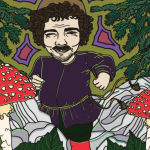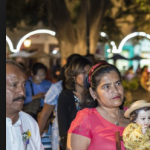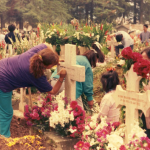I decided to interview my brother because he is very well versed with Finnish tradition. He took four years of Finish while he was in college and has travelled there twice so he is familiar with their culture. I wanted to talk to him to ask him of any interesting myths, tales or legends that he could tell me.
Collector: “Do you know of any Finish folklore that you find interesting?”
Informant: “Well, there is one myth that I really enjoy. So I’m sure you have heard of a goblin or a gnome before right?”
Collector: “Of course”
Informant: “Ok well a long time ago, in Finish culture, they believed in many different monsters that aimed at hurting people. One of those was called a Menninkäinen. This being was a really small creature that looked like a human and lived in the forests. It would approach humans out of curiosity and play games with them. They resemble the gnome or goblin and those words are thought to be just modern terms for Menninkäinen.”
This was a super fun and interesting story that I did not know. It is really cool to think that gnomes and goblins could have originated from Finland. Just a few more facts that I found out while researching them is that If they are approached carefully they tend to be friendly, however with children who do not often approach them in this way are often tricked and led astray into the forest. I also found out that these beings are very intelligent and enjoy riddles, often getting into a battle of riddles with the people that they come in contact with.





